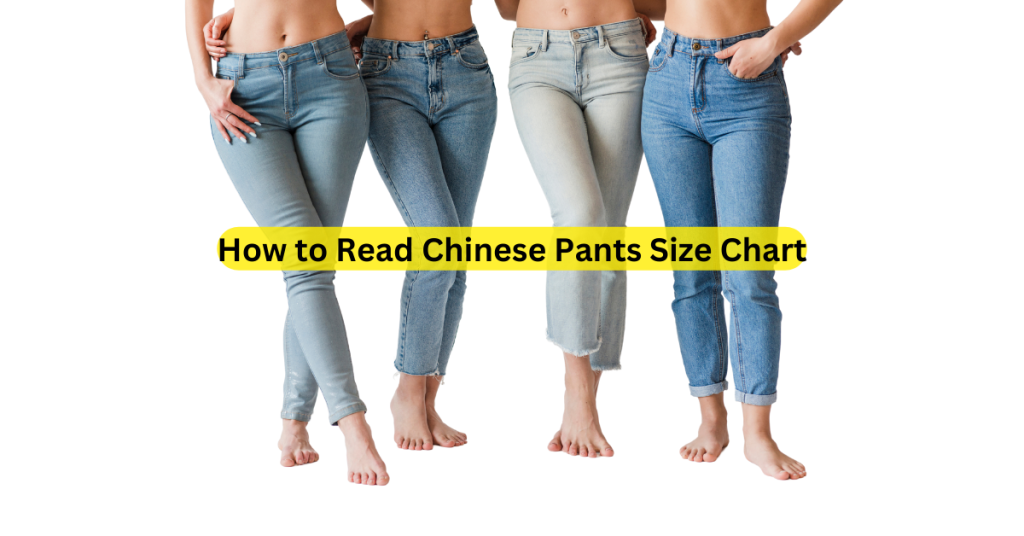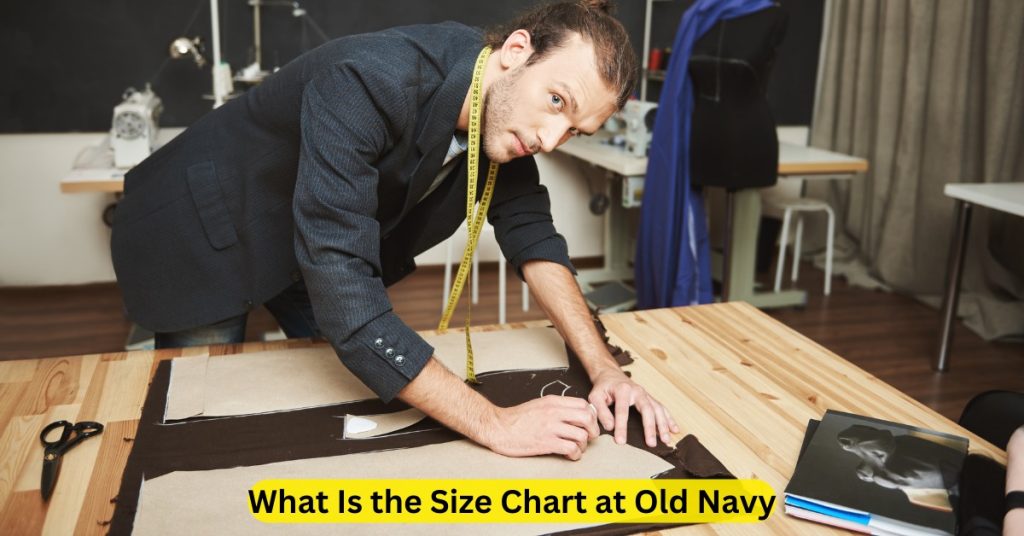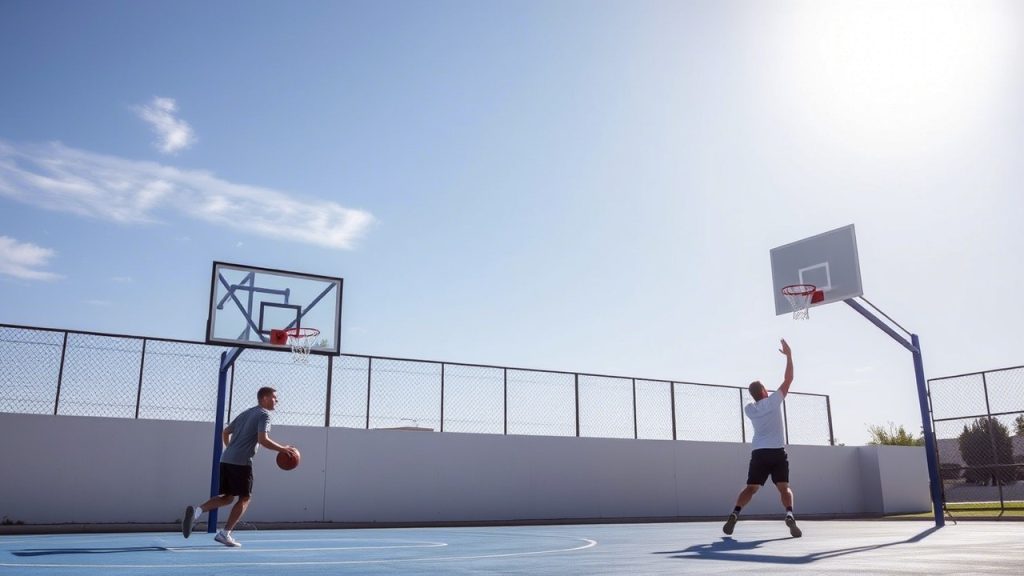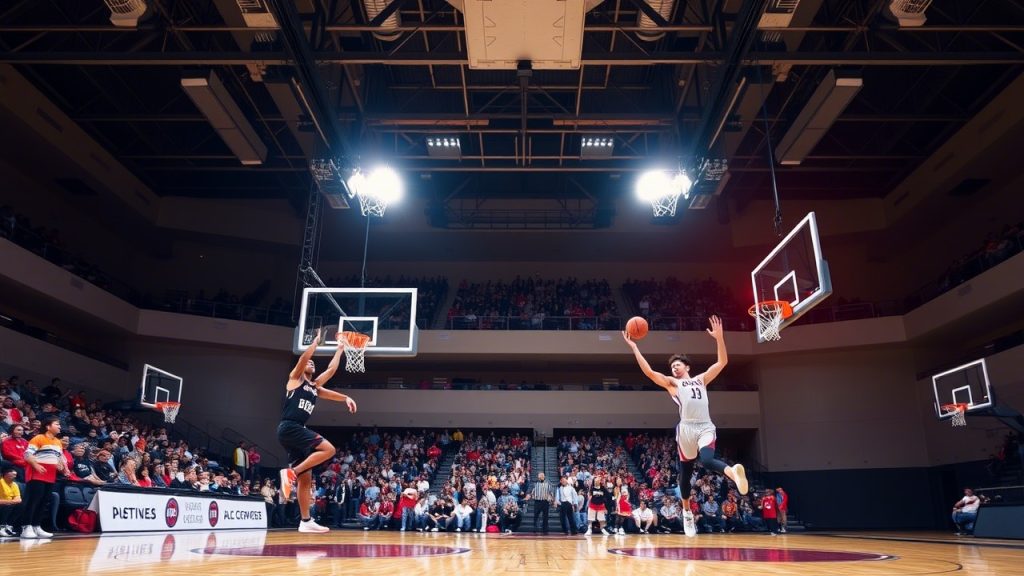Whether you’re just starting out or you’re an experienced equestrian aiming to refine your riding technique, one thing is clear: the saddle you use can make or break your progress. In just 14 days, the right saddle can dramatically improve your balance, posture, and communication with your horse.
This blog explores the 11 best saddles to upgrade riding technique in 14 days, offering in-depth reviews, feature highlights, pros and cons, and a buyer’s guide to help you make the smartest decision possible.
Why Your Saddle Matters for Riding Technique
Many riders overlook how much their saddle affects their technique. A poorly-fitted or low-quality saddle can:
- Cause you to ride off-balance
- Make leg positioning difficult
- Limit contact and feel
- Reduce effectiveness in giving aids
- Lead to discomfort and injury for both horse and rider
By contrast, a high-quality, well-fitted saddle helps:
- Center your weight evenly
- Align your leg and seat correctly
- Improve contact with your horse
- Support natural movement
- Enhance rider feel and response
In short: the right saddle fast-tracks technical improvement.
11 Best Saddles to Upgrade Riding Technique in 14 Days
These saddles were selected based on user reviews, expert insights, rider feedback, and performance features—all geared toward improving riding technique in a short time.
1. Bates Artiste Dressage Saddle
Best For: Dressage riders focused on posture and precision
The Bates Artiste is engineered to support elite-level performance. With its deep seat and close-contact design, it encourages ideal rider alignment and effortless engagement.
✅ Pros:
- Adjustable Ergonomic Stirrup Bar
- Luxe leather for superior grip
- Easy-Change Fit Solution for custom fit
- Deep seat improves posture quickly
❌ Cons:
- High price point
Technique Benefit: Encourages a longer leg and straighter back for better seat control.
2. Wintec Pro Jump Saddle with HART
Best For: Jumpers and eventers
Lightweight and supportive, this synthetic saddle helps develop jumping technique and leg security. Ideal for intensive short-term training.
✅ Pros:
- Adjustable gullet and CAIR panels
- Extremely light
- Weather-resistant and durable
- Forward flap promotes correct jumping position
❌ Cons:
- Not leather, which may deter traditionalists
Technique Benefit: Builds leg position and body balance over fences.
3. Albion K2 GP Saddle
Best For: All-purpose riders aiming to improve across disciplines
With its comfortable seat and structured design, the Albion K2 General Purpose is a favorite among those looking to sharpen their all-around riding skill.
✅ Pros:
- Deep seat for stability
- Adjustable tree
- High-quality leather
- Great for schooling and cross-training
❌ Cons:
- Slightly heavy
Technique Benefit: Improves balance and consistency across varied riding styles.
4. Prestige Venus K Dressage Saddle
Best For: Intermediate to advanced flatwork
Known for its narrow twist and deep seat, the Venus K positions the rider close to the horse and encourages ideal alignment.
✅ Pros:
- Soft calfskin
- Large thigh blocks
- Lightweight
- Adjustable flocking
❌ Cons:
- Limited availability in local tack shops
Technique Benefit: Improves seat stillness and core engagement.
5. Antares Connexion Saddle
Best For: Show jumping and equitation
This French-made saddle gives unparalleled contact and balance, helping riders refine their aids and jump position quickly.
✅ Pros:
- Close contact panels
- Forward flap
- Semi-deep seat for control
- Excellent craftsmanship
❌ Cons:
- Premium pricing
Technique Benefit: Allows clearer aids and better balance over fences.
6. Thorowgood T8 Dressage Saddle
Best For: Budget-conscious dressage riders
An ideal choice for those wanting technique improvement without a high investment. Provides excellent positioning and support.
✅ Pros:
- Synthetic + leather combo
- Easy-change gullet
- Deep seat and thigh blocks
- Affordable
❌ Cons:
- May feel bulky to petite riders
Technique Benefit: Encourages a long, relaxed leg and upright torso.
7. CWD SE02 Saddle
Best For: Competitive riders who need seat depth and leg control
Popular among equitation and hunter riders, the SE02 promotes a centered seat and precise lower leg positioning.
✅ Pros:
- Grippy leather
- Balanced panel shape
- Comfortable for long hours
- Custom flap and seat options
❌ Cons:
- Requires regular conditioning
Technique Benefit: Increases leg contact and seat security.
8. Kent and Masters S-Series GP Saddle
Best For: Versatile riders and developing horses
Great for schooling a variety of movements and disciplines. This saddle has excellent adjustability for evolving riding styles.
✅ Pros:
- Moveable blocks
- Wool flocked panels
- Lightweight
- Versatile fit options
❌ Cons:
- Less stylish than premium brands
Technique Benefit: Reinforces correct seat and leg position during transitions.
9. Custom Saddlery Icon Flight
Best For: Serious dressage riders
Tailor-made for rider and horse, this saddle supports perfect posture, increased contact, and fluid leg aids.
✅ Pros:
- Narrow twist
- Deep, supportive seat
- Soft leather
- Highly customizable
❌ Cons:
- Wait time for custom order
Technique Benefit: Enhances finesse and precision in upper-level movements.
10. Collegiate Honour Close Contact Saddle
Best For: Jumpers on a budget
Affordable, well-designed saddle that allows riders to train their jump seat effectively with close contact and forward flap.
✅ Pros:
- Grained leather
- Lightweight
- Good forward seat
- Interchangeable gullet
❌ Cons:
- May lack fine detailing
Technique Benefit: Reinforces balance and quick leg adjustments.
11. Circle Y Julie Goodnight Cascade Crossover
Best For: Western and trail riders improving form
Blending English and Western elements, this crossover saddle allows for better leg communication and seat position.
✅ Pros:
- Lightweight
- Padded seat
- Secure stirrup position
- Flex2 tree for comfort
❌ Cons:
- Not ideal for traditional Western competition
Technique Benefit: Improves balance and seat awareness for trail and Western training.
Key Saddle Features That Improve Riding Technique
When you’re looking to improve your technique fast, pay attention to these saddle features:
- Deep or Semi-Deep Seat: Encourages centered, secure position
- Narrow Twist: Allows close contact and better feel
- Supportive Thigh Blocks: Keep leg in correct alignment
- Lightweight Construction: Reduces fatigue and increases control
- Adjustable Fit: Ensures proper horse-rider alignment
Saddle Fitting: Why It’s Critical for Technique
Even the best saddle won’t help if it doesn’t fit. Poor fit results in discomfort, improper position, and compensatory habits.
Checkpoints for fit:
- Tree width matches horse’s withers
- Gullet clears the spine
- Panels rest evenly
- Seat size matches rider’s build
- Stirrups and flaps allow natural leg position
Consider scheduling a professional saddle fitting session for maximum benefits.
Daily Practice Tips to Upgrade Riding Technique in 14 Days
Pair your new saddle with these quick daily techniques to fast-track your progress:
- 15-minute no-stirrup warm-up for balance
- Lunge lessons to focus on seat and posture
- Two-point exercises for jumping riders
- Transitions within gaits for improved timing
- Video yourself to spot technical issues
- Use mirrors if available
- Switch reins often to balance your body
- Stretch your hips and hamstrings daily
- Rider fitness routines off the horse
- Ride bareback occasionally to boost feel (once your core is strong)
9 Frequently Asked Questions
1. Can a saddle really improve riding technique that quickly?
Yes. A proper saddle aligns your body better and helps you give clearer aids—allowing faster technical improvement with daily practice.
2. Should I buy a saddle or borrow until I improve?
If you’re riding consistently, investing in your own saddle is worthwhile. Borrowed saddles may not fit or support your goals long-term.
3. What’s the best saddle for beginners improving technique?
Look for a General Purpose or All-Purpose saddle with supportive blocks and a balanced seat. Albion K2 GP and Kent & Masters GP are good picks.
4. How do I know if a saddle helps my technique?
You’ll notice more balance, better posture, easier transitions, and fewer corrections from your instructor.
5. What size saddle should I get?
Your leg length, seat depth preference, and discipline matter. A saddle fitter or trainer can help you find the right size (typically 16.5″–18″).
6. How long does it take to break in a saddle?
New leather saddles usually take 10–20 rides. Synthetic saddles need less break-in time.
7. Are synthetic saddles good for improving technique?
Yes. Modern synthetics like Wintec or Thorowgood offer excellent design and support—ideal for technique development.
8. Should I use thigh blocks to help my technique?
Yes, especially early on. They help keep your leg secure and discourage gripping with your knee or thigh.
9. Can I improve technique on a treeless saddle?
You can, but they offer less structure. Treeless saddles are better suited for experienced riders looking to enhance feel.
Final Thoughts
Upgrading your riding technique doesn’t have to take months or years. With the right saddle one that aligns your body, supports your posture, and gives you contact with your horse you can see dramatic improvement in as little as 14 days.
The 11 best saddles to upgrade riding technique in 14 days listed above cover every budget, discipline, and riding level. Pair your saddle with intentional training, daily routines, and good riding habits, and you’ll notice a transformation in your skills, balance, and connection with your horse.





